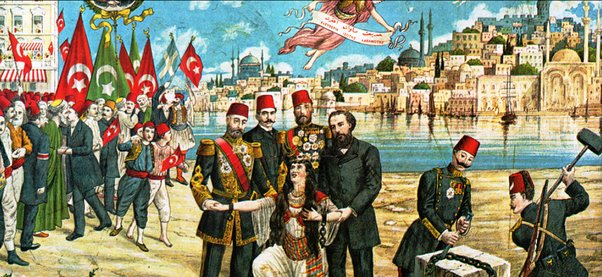Published: Saturday February 27, 2010
Proponents of a more centralized Europe often cite a remark attributed to Henry Kissinger, who served as national security advisor and secretary of state under Presidents Richard Nixon and Gerald Ford. “If I want to talk to Europe, what phone number do I call?” Kissinger is supposed to have asked.
The same question often arises with regard to Armenian-Americans and, more generally, the Armenian diaspora. If you want to talk to Armenian-Americans, what phone number do you call?
The question has arisen for the current secretary of state, Hillary Clinton, who has called a meeting of representatives of some Armenian-American organizations. The meeting, scheduled for February 9, was postponed as a major storm hit Washington.
But the unusual guest list became an issue as soon as it was announced.
Mrs. Clinton had invited the Eastern and Western Dioceses of the Armenian Church, but not the Prelacies, nor the other Armenian churches. She had invited the Armenian General Benevolent Union and the Knights of Vartan, but not the Armenian Relief Society or any other charity. Among the political organizations, she had invited the Armenian Assembly of America and the Armenian National Committee of America. No media organization was invited.
The State Department tossed out well-established, decades-old invitation protocols, substituting an obviously subjective invitee list, which was immediately criticized by one of the invitees, the Armenian National Committee of America (ANCA).
The ANCA argued for an inclusive invitee list beyond even the traditional community list. With their silence, it appears that the Armenian Assembly, Dioceses, and AGBU are content with the exclusion of the Prelacies, the Armenian Relief Society, and others that the ANCA wants included.
In our view, the ANCA has it right.
It’s worth noting that the State Department often holds consultations with Armenian-Americans. These include meetings in Washington with representatives of Armenian organizations, formal and informal meetings with the U.S. ambassador to Armenia (in various U.S. cities and in Armenia) and with U.S. Embassy staff.
The meeting with Mrs. Clinton has attracted attention because it is at the secretary of state level and because it was publicly announced.
There are over a million individuals of Armenian ancestry in the United States. Of course, not all identify as Armenian-Americans, and those that do, define their Armenianness in various ways. Every universal Armenian organization seeks to reach as many of these individuals as it can, move them to become active – to donate money, participate in activities, and so on.
The degree to which these organizations succeed has varied over time.
To reach politically active Armenians in the middle of the twentieth century, it was reasonable to speak to representatives of three political parties: the Armenian Revolutionary Federation (Dashnaktsutiun), the Armenian Democratic Liberal (Ramgavar) Party, and the Social Democratic Hunchakian Party.
The picture had changed by the 1970s, when the Armenian Assembly of America emerged in the political field. Outside politics, too, new entities had emerged, with various constituencies, like the Armenian Bar Association and a fulsome offering of other professional, charitable, cultural, educational, and advocacy organizations.
Now we are witness to further changes in the makeup of the community. Some organizations like the Armenian Assembly have lost public support. On the other hand, thanks to the entrepreneurship of some Armenians from Armenia, round-the-clock Armenian television has become so widespread as to have greater reach than any single Armenian organization.
In this context, it is difficult to make sense of Mrs. Clinton’s initial guest list.
When it comes to substance, however, Armenian-Americans are much less divided than they might seem.
We are unanimous in insisting that President Barack Obama should clearly and unequivocally condemn the Armenian Genocide. The stated reasons for holding off on such a statement no longer hold water, if they ever did.
We are also unanimous in our support of the administration’s stated position that the issue of Armenian-Turkish relations and the issue of the final resolution of the Karabakh conflict should not be linked.
We are certainly not unanimous in our views about the terms agreed to in the Armenia-Turkey protocols. We all understand, however, that it is Turkey – and Turkey unilaterally – that has withdrawn from the process of normalizing relations and opening borders.
In so doing, Turkey’s leaders have quite openly made a mockery of the State Department’s long effort to get an agreement signed, which culminated in Mrs. Clinton’s well-publicized and frantic effort to rescue the deal on signing day, October 10, 2009, in Zurich. It must be obvious to Mrs. Clinton that her Turkish interlocutors never had any intention of going forward with the ratification of the protocols.
Whatever the guest list, the question we would all ask Mrs. Clinton is what she and the Obama administration are willing to do about Turkey’s actions.
========================================


Leave a Reply